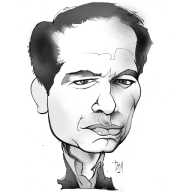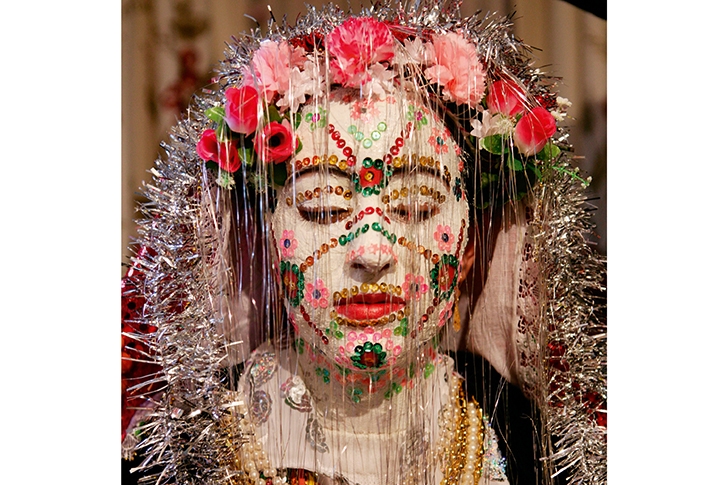In Ali’s Café, just inside Turkey on the Bulgarian border, Iraqi and Syrian refugees spend their days drinking tea. Now and then, someone goes into the back room to give bundles of money to smugglers who have promised to get him into the European Union. Only when piano chords strike up on the radio does Kapka Kassabova realise what Ali’s reminds her of: Rick’s Bar in the movie Casablanca, a transit realm ‘where the homeless of the day come in search of passage’.
The Syrian refugees literally walked into Kassabova’s book. Like many ruined peoples before them, they were heading for the border she was writing about — the crossing point between Turkey, Bulgaria and Greece where ‘Europe’ has tried for centuries to build its wall with the East. This lazy-paced, directionless yet valuable book brings to life not just a neglected region but also one of the themes of our time: borders, open and closed.
Kassabova has the obsession with borders that comes from growing up behind the Iron Curtain. Raised in communist Bulgaria, she later emigrated to New Zealand, and now lives in Scotland. But she always yearned to see the borderlands that had been sealed to her, ‘the forbidden places of my childhood’. For this book she spent years gathering the stories of ordinary border-dwellers.
Today Turkey, Greece and Bulgaria have ‘three alphabets, three currencies, three versions of history’. But for most of history the border was blurrier. People on all sides descended from the ancient Thracians (almost forgotten now, because unlike their Greek contemporaries they didn’t leave behind any writing). Later, Muslims, Catholics and orthodox Christians were sprinkled almost randomly around the region. In the Ottoman empire, you found the unlikeliest people all over the place.
The anthropologist Ernest Gellner famously said that the ethnographic map of Europe used to look like a painting by Oskar Kokoschka, a ‘riot of diverse points of colour’.

Magazine articles are subscriber-only. Get your first 3 months for just $5.
SUBSCRIBE TODAY- Free delivery of the magazine
- Unlimited website and app access
- Subscriber-only newsletters







Comments
Join the debate for just £1 a month
Be part of the conversation with other Spectator readers by getting your first three months for £3.
UNLOCK ACCESS Just £1 a monthAlready a subscriber? Log in